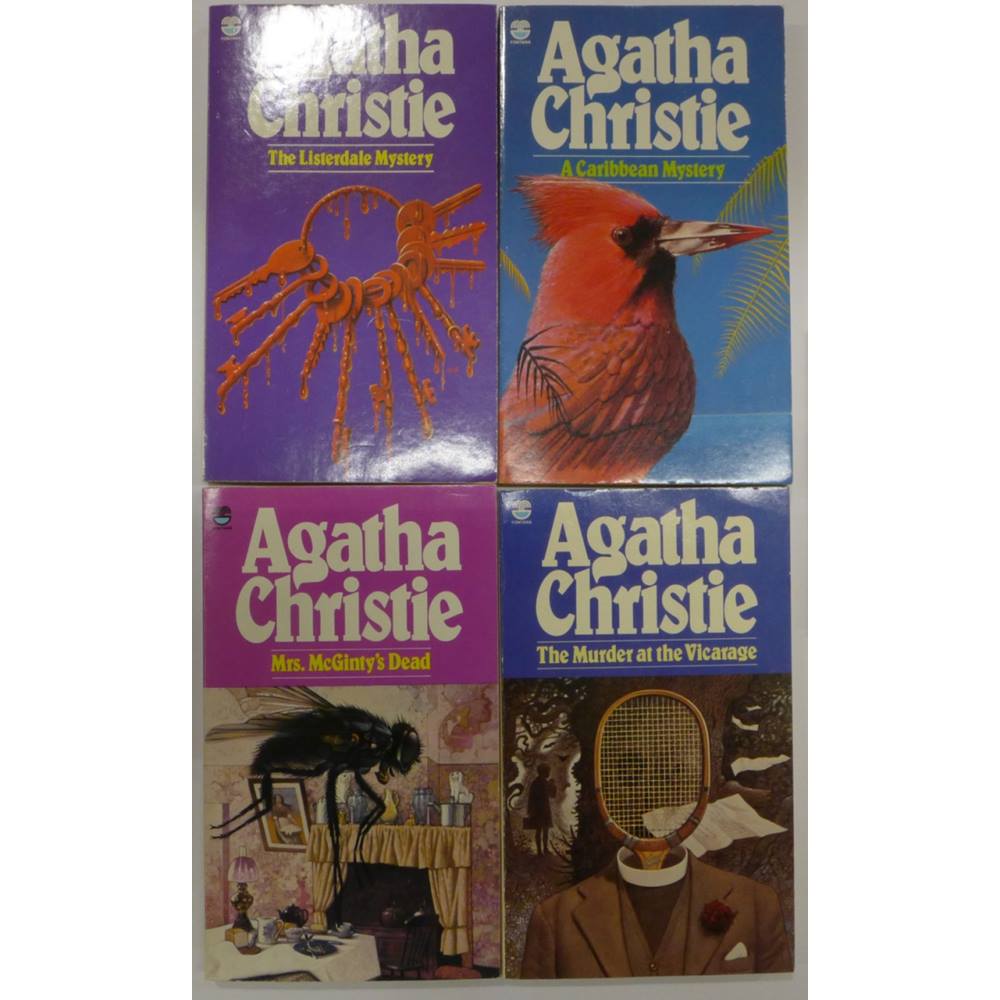

His fear of music, inspired by "The Beast" (or piano), will not last, neither will his loneliness as outside events bring him a series of companions which will form the backbone of his adult life. We follow our central character, Vernon Deyre, through his late Victorian childhood at Abbots Puissants, as he learns to navigate the world around him with help from his beloved nurse and a troop of imaginary friends. So, with a rather guilty feeling, I enjoyed myself writing a straight novel called Giant's Bread. What I wanted to do now was to write something other than a detective story.

Find out more about these unusual, and underrated books, which take inspiration from the author's own life. They showcase hallmarks of her recognisable skills: social commentary of the decades ambitious narrative arcs and compelling characters. Whilst her pseudonym was exposed in 1949, these stories still offer the reader a chance to explore an alternative style of Christie's writing. They have proved hard to categorise, with historic references to them as romance novels, before Christie's daughter Rosalind termed them "bitter-sweet stories about love". These six books offered Christie a chance to stretch her skills as an author, and write a different type of narrative without preconceptions from readers.

Whilst not being classified as crime fiction, there are certainly still elements of mystery to these stories. We are often asked "how many books did Agatha Christie write?" The official count runs to 66 crime novels, over 150 short stories, more than 25 plays, two autobiographical accounts, and six books under the pseudonym Mary Westmacott.


 0 kommentar(er)
0 kommentar(er)
